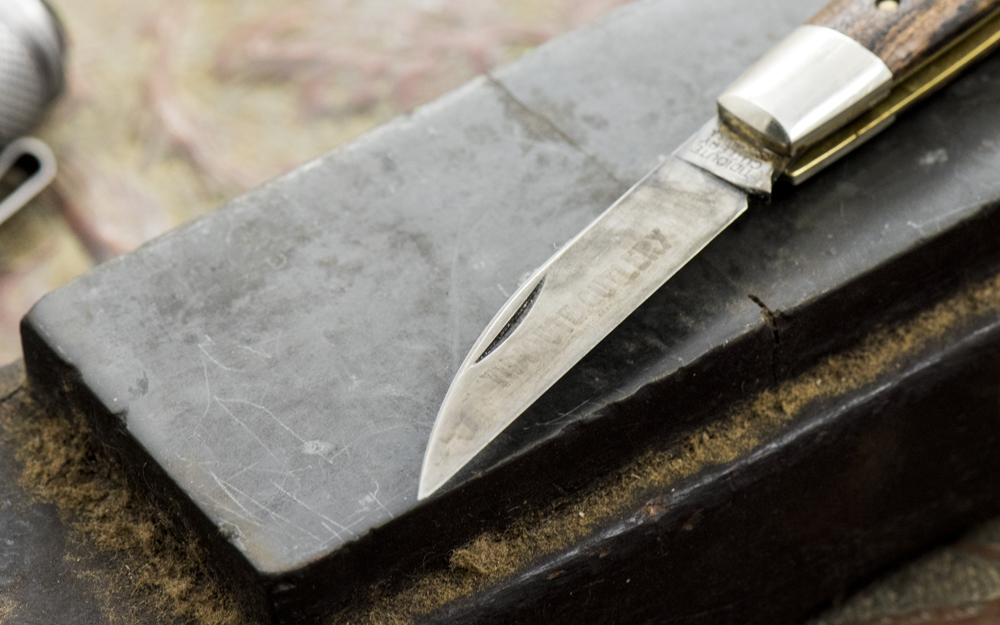FAQ: What's a "working edge"?
13th Apr 2015
If you sharpen your own knives, you're a step ahead of most people. If you don't, it's time you learned -- there's plenty of information right here on KnivesShipFree, like our Knife Sharpening page and our world-famous Sharpening Videos, to get you started.
But this blog post isn't about how to sharpen your knife. Right now we're going to talk about when to sharpen it.
Sharp is, in the simplest terms, an edge that's keen enough to do what we ask it to do -- whether that's cutting cardboard, slicing onions, dressing game or doing chores around camp -- and that's what's known as a "working edge." Some tasks do require a razor-sharp knife, but what most of us really want is a good working edge for the task at hand.

The first step in that direction is to never let your knife get so hopelessly dull that it requires a full-on sharpening job. Avoiding this potentially time-consuming task is more a matter of maintenance than obsession, and experience will help you learn when it's time to "touch up" an edge to keep it sharp, as opposed to having to completely re-sharpen a neglected knife all over again.
Next, since maintaining your favorite blades is easier in a workshop or at the kitchen table than it is in the field, promise yourself to always leave home with a sharp knife. Getting the job done before the hunt or the family camping trip may reduce (or even eliminate) the annoyance of having to stop and re-sharpen a dull knife far from the comforts of home.
It's also important to choose the right tools for maintaining your knives' edges. Tending to conventional bevels, like those found on most modern knives, is made much easier by using a device that helps you maintain a consistent angle between blade and stone -- for example, systems from DMT, Edge Pro or Wicked Edge, or Spyderco's Sharpmaker. Convex edges, on the other hand, require a strop-type hone like those offered by Bark River Knives.
Once you're in the field, you'll want to have a way to bring back that working edge when it starts to go away. A few strokes on a ceramic rod or a quick strop on a pants leg may do the trick, but it's always good to have something a bit more capable.
We humbly suggest the KnivesShipFree Complete Sharpening Kit, which includes a leather hone, stropping compound and sandpaper of various grits, all contained in a compact plastic box. It works as well on bevels as it does on the convex edges for which it was designed. It's an outstanding field kit, if we do say so ourselves.
Finally, whatever sharpening system you use, don't overdo it. Resist the temptation to re-sharpen constantly, over-sharpen or bear down on the hone -- it's usually unnecessary and you'll probably do more harm than good, setting yourself up for a re-grind later.
With practice and experience, you'll get into a comfortable rhythm with that perfect working edge. Once you have the timing down, it's easy.

